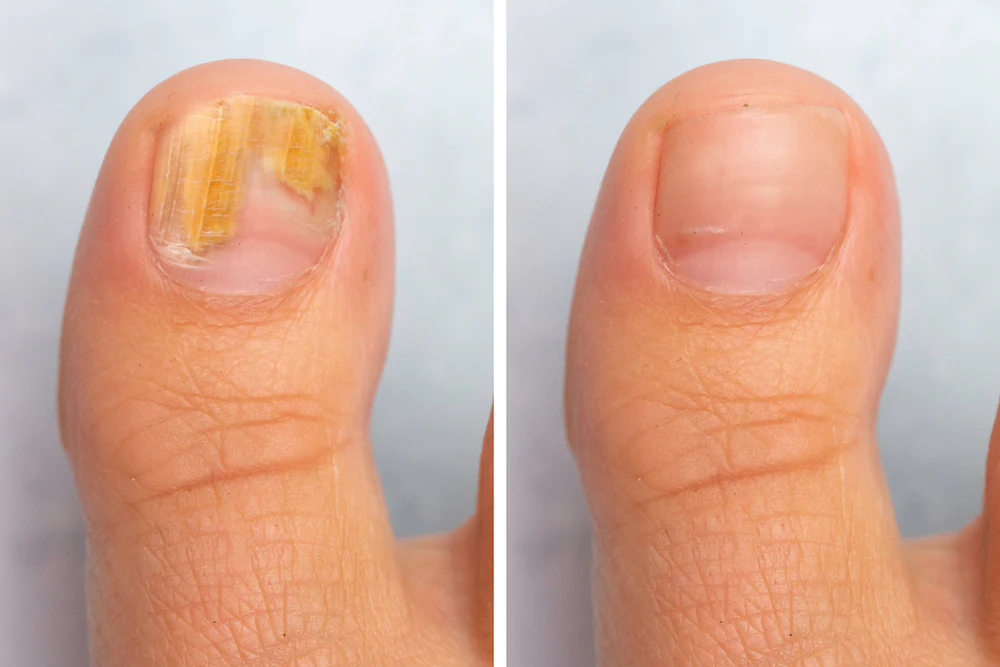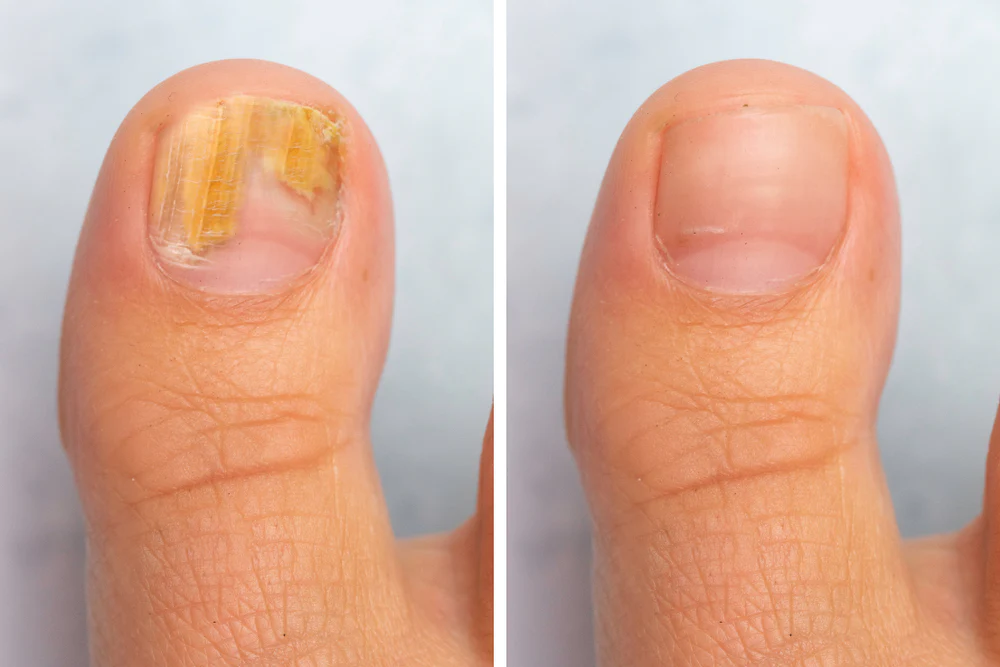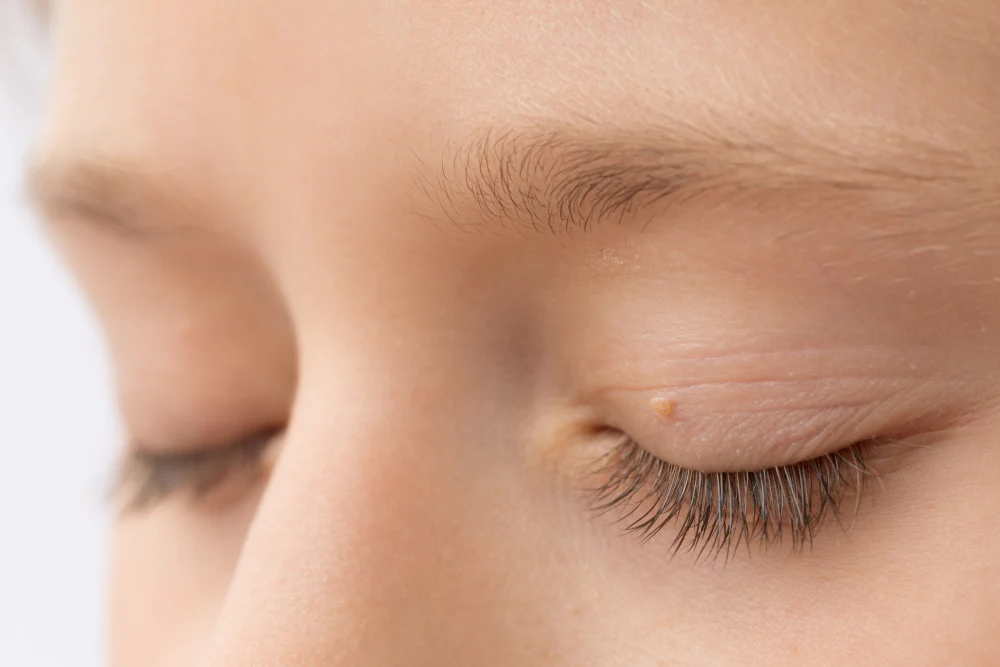Does Nail Fungus Spread? What to Do at First to deal with it?
Nail fungus, also known as onychomycosis, is a common condition that affects many people. One question that often arises is whether nail fungus can spread and what to do at the first sign of infection. In this blog, we will explore whether nail fungus spreads and provide expert advice from a dermatologist at Revitalise London Dermatology Clinic on what to do at the first sign of infection.
Does Nail Fungus Spread?
Nail fungus can spread from one nail to another and even from person to person. It is a contagious infection that can be easily spread in warm, moist environments like locker rooms and public swimming pools. If left untreated, nail fungus can also spread to other parts of the body, such as the skin and scalp.
What to Do at the First Sign of Infection
If you notice any signs of nail fungus, it's important to take action right away to prevent the infection from spreading. The first sign of nail fungus is usually a small white or yellow spot under the nail. Other symptoms may include:
Thickening of the nail
Discoloration of the nail
Brittleness of the nail
Foul odor
According to Dr. Maria Gonzalez, a dermatologist at Revitalise London Dermatology Clinic, "If you suspect you have nail fungus, it's important to see a dermatologist for an accurate diagnosis and treatment plan. Early treatment is key to preventing the infection from spreading and causing more serious complications."
Medical Treatments for Nail Fungus
There are several medical treatments available for nail fungus, including:
Oral medications: Prescription medications taken by mouth are effective in treating nail fungus. However, they can have side effects and may not be suitable for everyone.
Topical treatments: Antifungal creams, lotions, and nail polish can be applied directly to the affected nail. They are less effective than oral medications but may be a good option for mild cases of nail fungus.
Laser therapy: Laser therapy is a non-invasive treatment that uses light to kill the fungus. It's effective in treating nail fungus and has no side effects.
Preventing Nail Fungus:
Prevention is key when it comes to nail fungus. To prevent nail fungus from spreading, follow these tips:
Keep your feet clean and dry
Wear clean socks and shoes
Avoid walking barefoot in public places
Use antifungal sprays or powders in your shoes
If you suspect you have nail fungus, it's important to take action right away to prevent the infection from spreading. At Revitalise London Dermatology Clinic, our experienced dermatologists provide personalized care and effective treatments to help you achieve healthy, clear nails. Contact us today to schedule a consultation and learn more about your treatment options.









